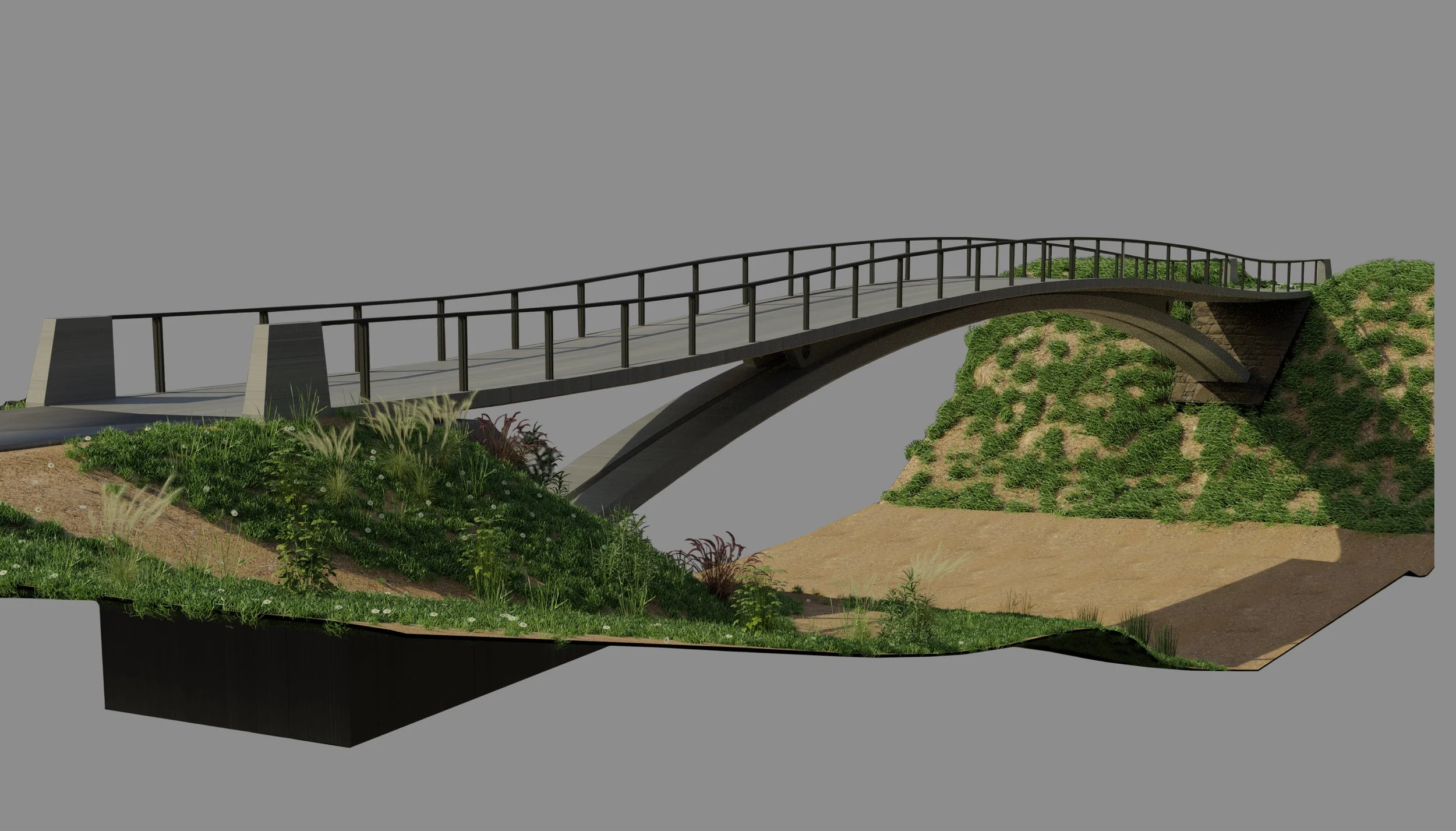I continued to pursue my passion for Architectural Visualization and Landscape Design in 2021 with Edenian Design. My interest in 3D design and the process of transforming abstract ideas from initial concepts to detailed tangible representations that can be appreciated by others, stems from a deep appreciation for the interplay between nature and built environments. Creating detailed and realistic visualizations allows me to explore spatial relationships and aesthetic qualities, contributing to a more profound understanding of how structures interact with their surroundings.
The process of transforming ideas into three-dimensional models not only improves my technical capabilities in various 3D software applications, but also fuels my creativity and expands my potential in the field of digital design as I experiment with various elements like lighting, texture, and composition. This field offers endless possibilities for innovation and expression, making it an ideal avenue for my artistic aspirations.
This is the final image shown above that was presented to the client.
Truckee Pedestrian Bridge
The process of creating the the visualization of the pedestrian bridge began with creating a 3D model from the engineering schematics in SolidWorks ensuring accurate dimensions were used.
The model was then imported into Blender where the use of particle systems to add grass and vegetation was utilized, paying special attention to textures and materials that would resonate with the river's tranquil environment, ensuring that lighting and shadows matched the original image to achieve a realistic compositing effect later on in Photoshop.
Once the model was complete, I integrated the rendering onto a photograph of the Truckee River in Photoshop. This careful blending allowed the bridge to appear as a harmonious addition to the scenic view.
Landscape Design
This example is a lawn conversion to a drought-tolerant landscape featuring a dry creek bed is designed to effectively manage water runoff while promoting sustainability. Native plants, adapted to dry summer conditions, thrive in this environment, offering a diverse palette of textures and colors. The dry creek bed acts as a swale, channeling rainwater during intermittent storms, gradually dispersing it through the landscape rather than allowing it to rapidly runoff causing possible erosion problems. A thick layer of wood mulch and strategically placed boulders and gravel help to slow water flow, encouraging infiltration into the soil, which supports the health of surrounding vegetation and builds soil. This approach not only conserves water and minimizes runoff but also creates a visually pleasing and ecologically balanced habitat.









